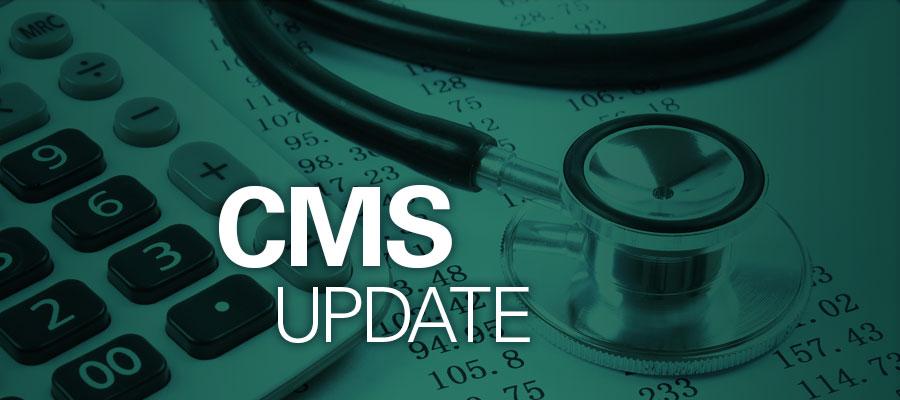CMS: Fewer Medicaid/CHIP services accessed during pandemic

Children and adults in Medicaid and the Children’s Health Insurance Program used 26 million fewer mental care health services between March and October 2020 than during the same period in 2019, declining 34% for children and 22% for adults, according to preliminary data released Friday by the Centers for Medicare & Medicaid Services. Use of substance use disorder services fell by 3.6 million, or 13%, compared with the same period in 2019.
CMS said the data also show 9% fewer vaccinations for children under age 2; 21% fewer child screening services; and 39% fewer dental services for children compared with pre-pandemic levels. Although use of telehealth services surged 2,700% to nearly 68 million between March and October 2020, the increase was not enough to offset the decline in other services, the agency said.
“While we’re encouraged that people are accessing some health care services at pre-pandemic levels, there is work to do to connect people to mental health care services and to ensure we fill the gap in other types of services that was caused by the pandemic,” said.

